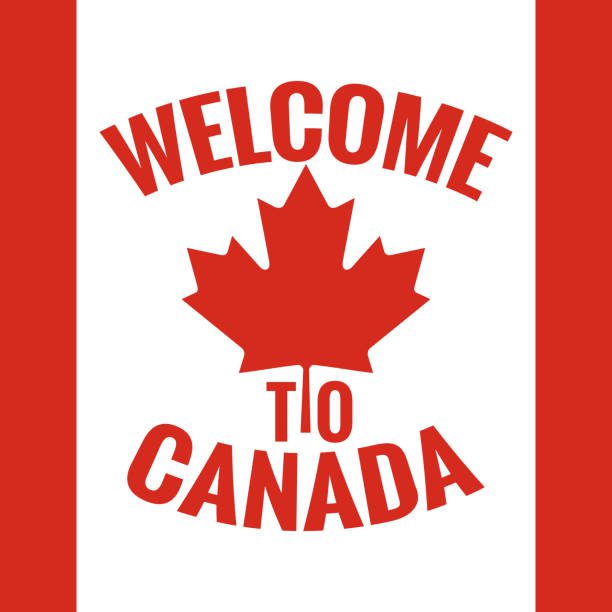Understanding Australia’s Employer-Sponsored Visa Framework
Employer-sponsored visas enable skilled foreign workers to address Australia’s labor shortages in key industries. The primary options include the Temporary Skills in Demand (SID) Visa (Subclass 482), Employer Nomination Scheme (ENS) Visa (Subclass 186), and Skilled Employer Sponsored Regional (Provisional) Visa (Subclass 494). Each requires a job offer from an approved Australian employer who must demonstrate, via Labour Market Testing (LMT), that no local worker can fill the role. These visas often lead to permanent residency, with salaries starting at the Temporary Skilled Migration Income Threshold (TSMIT) of $73,150, though roles in high-demand sectors like IT ($100,000–$160,000), healthcare ($80,000–$130,000), and engineering ($90,000–$140,000) typically offer higher pay. Understanding visa eligibility, employer obligations, and occupation lists is crucial for securing sponsorship.
Targeting Approved Sponsors
Focus on businesses registered as Standard Business Sponsors with the Department of Home Affairs. These employers, spanning industries like healthcare, technology, construction, and regional sectors, are authorized to sponsor foreign workers. Use job platforms like SEEK, JobSearch, or LinkedIn, filtering for terms like “visa sponsorship” or “482 visa.” Large corporations (e.g., BHP, Telstra) and regional employers under Designated Area Migration Agreements (DAMAs) are more likely to sponsor due to skill shortages. Contact HR directly to confirm sponsorship policies, as some companies don’t advertise this. Roles with salaries above $80,000, such as software developers or registered nurses, are prime candidates for sponsorship due to their demand.
Key Statistics on Sponsored Visas
- Visa Approvals: In 2024, approximately 36,000 Subclass 482 visas were granted, with 62% in healthcare, IT, and trades (Department of Home Affairs).
- Salary Requirements: The TSMIT is $73,150 plus superannuation, with specialist roles under the Specialist Skills Pathway requiring $135,000+ annually.
- Regional Sponsorship: Subclass 494 visas, targeting regional areas, account for 28% of sponsorships, offering median salaries of $85,000–$135,000 in fields like nursing and construction.
Crafting a Competitive Application
Your resume and cover letter must align with Australian hiring standards to stand out. Keep resumes concise, ideally two pages, focusing on measurable achievements, e.g., “Implemented a cloud solution that reduced costs by 20%” for IT roles or “Managed 50+ patient cases daily” for healthcare. Tailor cover letters (300–400 words) to each job, emphasizing your fit for the role and visa eligibility, e.g., “My qualifications, assessed by VETASSESS, meet Subclass 482 requirements.” Verify credentials through bodies like VETASSESS and provide English proficiency results (e.g., IELTS 6.0 or equivalent).
Leveraging Networking for Opportunities
Networking is pivotal, as over 60% of Australian jobs are filled through referrals or connections. Build relationships on LinkedIn by joining industry groups, engaging with Australian professionals, and commenting on relevant posts. Attend virtual or in-person events like industry webinars, job fairs, or conferences hosted by professional bodies. For offshore applicants, connect with recruiters specializing in international hires through agencies like Hays or Michael Page. On job boards, target high-demand roles: nurses ($80,000–$120,000), software engineers ($100,000–$160,000), or civil engineers ($90,000–$140,000). Apply to 15–25 roles weekly, prioritizing tailored applications over mass submissions to increase sponsorship chances.
Developing a Persuasive Sponsorship Pitch
When approaching employers, craft a targeted sponsorship proposal. Research their business needs using their website, annual reports, or industry news, then align your skills to their challenges, e.g., “My expertise in renewable energy systems can support your sustainability goals.” Highlight your eligibility for visas like Subclass 482 or 186, noting that sponsorship costs (application fees: $1,300–$4,000, plus Skilling Australians Fund levy) are offset by filling critical skill gaps. Emphasize long-term benefits, as vacancies can cost employers more than sponsorship.
Meeting Visa and Employer Obligations
Sponsorship involves strict compliance for both parties. Employers must prove the role’s legitimacy, meet TSMIT ($73,150), and conduct LMT unless exempt (e.g., high-salary roles above $135,000). As an applicant, you need at least two years of relevant work experience, a skills assessment for certain occupations (e.g., engineering, trades), and English proficiency (IELTS 6.0 or equivalent). Health and character checks, including police clearances, are mandatory. Ensure your occupation is on the Skilled Occupation Lists such as the Core Skills Occupation List (CSOL) for Subclass 482 or Medium and Long-term Strategic Skills List (MLTSSL) for Subclass 186. Specialist roles paying $135,000+ under the Specialist Skills Pathway face fewer restrictions, ideal for senior professionals in medicine or IT.
Negotiating Sponsorship and Compensation
During interviews, showcase unique skills—e.g., niche technical expertise or multilingual capabilities—to justify sponsorship costs. Research salaries using the Fair Work Ombudsman to propose realistic ranges: $85,000–$130,000 for nurses, $100,000–$160,000 for software developers, or $90,000–$150,000 for engineers. Be transparent about visa needs, stating, “I’m eligible for a Subclass 482 visa, with documentation prepared for a streamlined process.” If employers are hesitant, propose a probationary contract or lower-level role to build trust, as some sponsor after initial employment. Negotiate relocation packages, as costs ($5,000–$20,000) can be significant, especially for regional roles.
Overcoming Challenges and Building Resilience
Rejections are common due to sponsorship costs, local hiring preferences, or LMT requirements. Request feedback from recruiters to refine your approach and maintain a spreadsheet to track applications, follow-ups, and outcomes. Consider transitional pathways like the Subclass 407 Training Visa ($60,000–$90,000 annually) to gain Australian experience, increasing sponsorship prospects. Offshore applicants should prioritize roles explicitly offering sponsorship, applying to 20–30 jobs weekly with tailored materials. Persistence is critical—focus on high-demand sectors and follow up politely after 1–2 weeks to demonstrate commitment.
Exploring Alternative Pathways
If sponsorship proves challenging, explore alternative routes to build a case for employers. Enroll in Australian professional development courses or certifications recognized by industry bodies to enhance your credentials. Temporary roles, such as those under the Working Holiday Visa (Subclass 417) for eligible nationalities, can provide local experience, with salaries around $50,000–$80,000. Regional roles under Subclass 494 offer higher sponsorship rates due to lower competition, with salaries in trades or healthcare ranging from $80,000–$135,000. Engaging with regional employers or DAMA programs can open doors to sponsorship, especially in areas like Northern Territory or South Australia.
Managing Practical Considerations
Once sponsorship is secured, address practicalities like relocation and compliance. Obtain an Australian Business Number (ABN) or Tax File Number (TFN) for tax purposes. Research cost-of-living variations, as salaries in cities like Sydney ($100,000) stretch less than in regional areas like Tasmania. Relocation costs ($5,000–$20,000) may be partially covered by employers, especially for high-salary roles ($120,000+). Ensure compliance with visa conditions, such as working only for your sponsor, and consult a registered migration agent to navigate complexities, particularly for pathways to permanent residency via Subclass 186 or 494.


